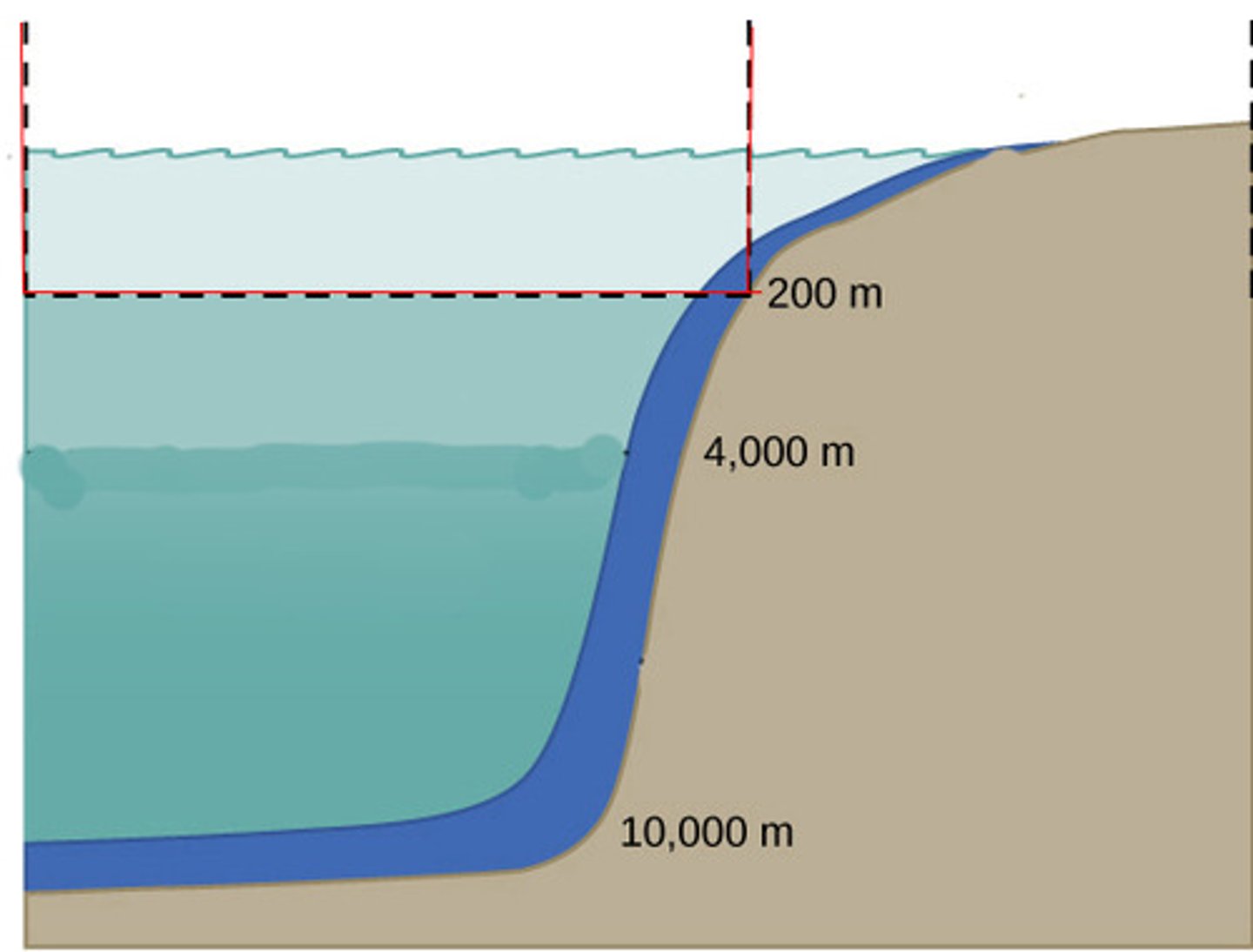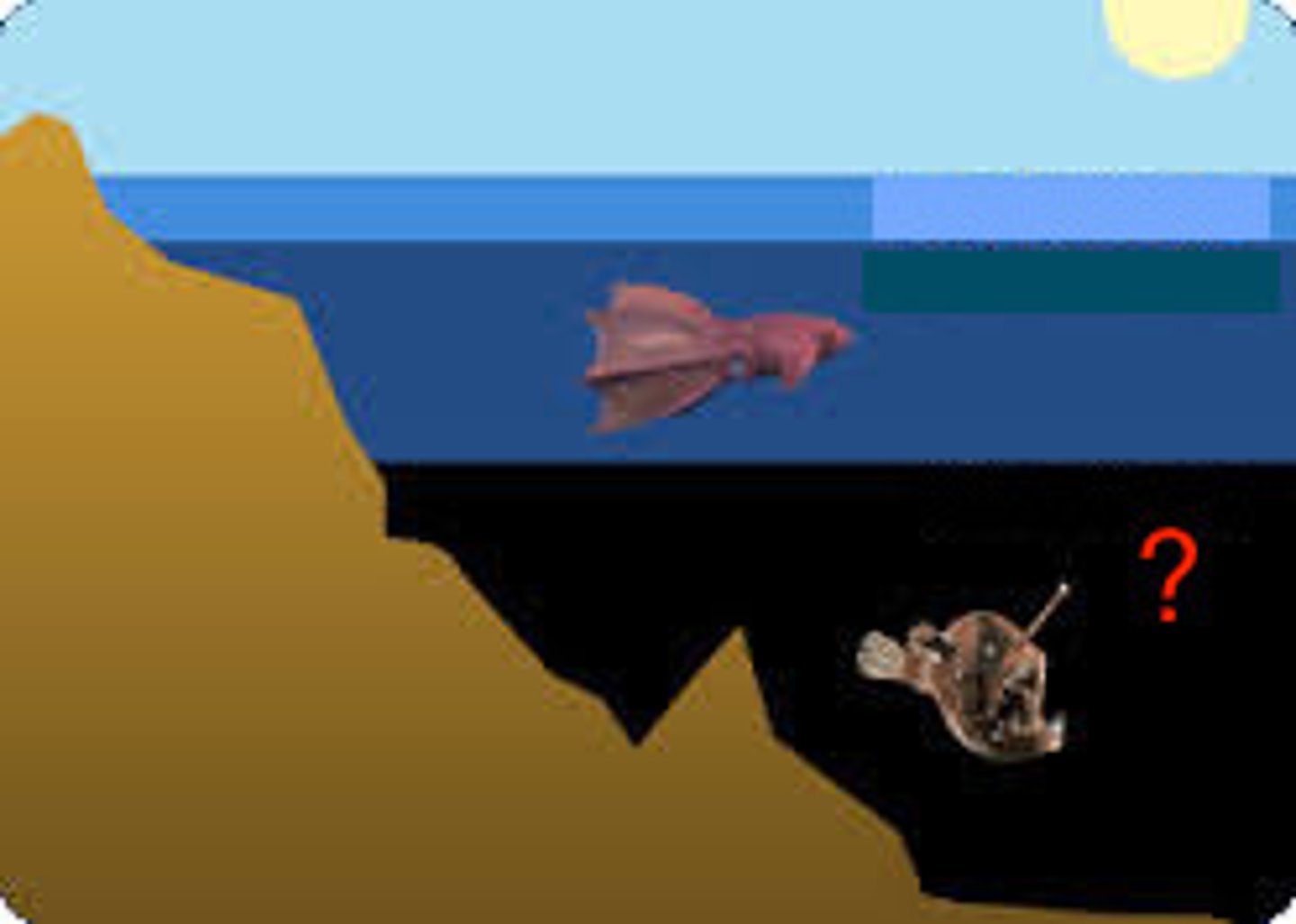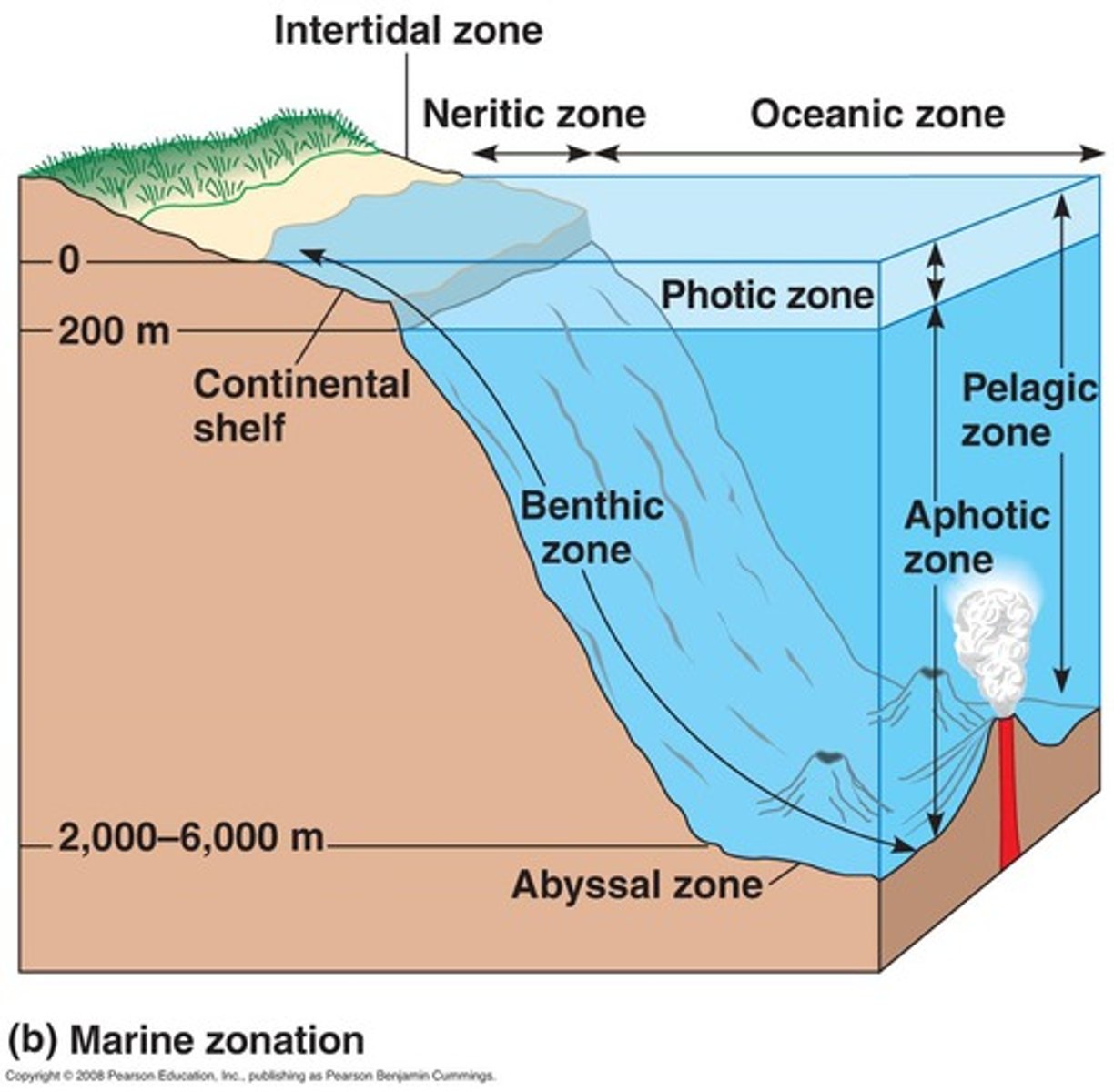Animal Form and Function & Introduction to Ecology
1/34
There's no tags or description
Looks like no tags are added yet.
Name | Mastery | Learn | Test | Matching | Spaced |
|---|
No study sessions yet.
35 Terms
Regulator
Uses internal mechanisms to control internal changes in the face of external fluctuation. ex: Mammals
Ectotherm
Gain most of their heat from external sources. ex: birds or mammals
Poikilotherm
An animal whose body temperature varies with its environment. ex: reptiles, amphibians, fish
Acclimatization
An animal's physiological adjustment to changes in its environment. ex: humans shivering in cold environments
Conformer
Allows its internal condition to change in accordance with external changes in the particular variable. ex: reptiles
Adaptation
A genetic change results in a phenotype better suited to the external environment. ex: long necks of giraffes
Endotherm
Getting warm mainly by heat generated by metabolism. ex: mammals
Homeotherm
An animal who has a relatively constant body temperature. ex: mammals, birds
Thermoregulation
The process by which animals maintain an internal temperature within a tolerable range.
5 general adaptations for thermoregulation
1. Insulation
2. Circulatory Adaptations
3. Cooling by evaporative heat loss
4. Behavioral response
5. Adjusting metabolic heat production
How can natural selection/adaptations relate to the abundance and distribution of a species?
Natural selection causes changes in allele frequency and makes species adapt. Adaptations need to match the species' environment
6 levels of ecological research
1. organismal
2. population
3. community
4. ecosystem
5. landscape
6. global
Climate
The long-term prevailing weather conditions in an area.
Major components of climate are
temperature and precipitation.
Global climate patterns are determined by
by input of solar energy and Earth's movement in space.
What causes Earth's Arid zones
Air circulation and precipitation patterns
-ascending moist air releases moisture
-descending dry air absorbs moisture
Tropical forests
Equatorial-fairly constant temp, seasonal rain, layered vegetation, immense biodiversity
threats: cut down and converted to farmland
Deserts
Little precipitation, scattered plants, animals w/ water conservation
threats: urbanization reduce natural biodiversity
Savannas
Warm temp, seasonal rain, scattered trees, grasses, and forbs, migratory animals due to seasonal drought
threats: frequent fires reduce tree regeneration
Chapparals
dry summers, shrubs, small trees, small mammals
threats: easy to ignite bc very dry
Temperate grasslands
Midlatitude, wet summers, grasses, forbs, large grazers, and burrowers
threats: most have been converted to farmland (humans) or deserts (animals)
Northern coniferous forest (taiga)
Cold winters, hot summers, variable rain, bears, moose
threats: logged-> old growth might dissappear
Temperate broadleaf forest
Cold winters, hot summers, rain avg, herb layer
threats: logging and land clearing for agriculture, cleared almost all forests
Tundra
Arctic- low temperatures and high winds, caribou, migratory birds, and wolves
threats: became the focus of mineral and oil extraction recently
Aquatic Biomes (8)
1. Lakes
2. Wetlands
3. Streams and Rivers
4. Estuaries
5. Intertidal Zone
6. Oceanic pelagic
7. Coral Reefs
8. Marine benthic zone
Photic Zone
The upper layer of aquatic environments where sufficient light penetrates for photosynthesis.

Aphotic Zone
The region in aquatic environments where little to no light penetrates.

Benthic Zone
The bottom of all aquatic zones, composed of organic and inorganic sediments.
Contains photic and aphotic zone

How does dispersal limit the distribution of species (habitat selection/behavior)?
Habitats are specific to where they were born.
Adaptations don't allow species to choose where to go
Natural Range Expansion
Shows the influence of the dispersal of individuals beyond their origin which leads to an increase in population range.
Saguaro Cactus Abiotic Factors
- Temperature: freezing temps
- Water availability: seedling survival requires years of moist conditions
Saguaro Cactus Biotic Factors
- Grazers eat seedlings
- Bats pollinate flowers that open at night
- Pathogens: vulnerable to a deadly bacterial disease
Introduced Species (species transplant)
Organisms that have been intentionally or accidentally relocated from their original distribution.
Invasive Species
Introduced species that negatively impact native species and ecosystems.
What makes an invasive SO invasive
- high reproduction rates
- growth habits
- chemical warfare (allelopathy)
- enemy release